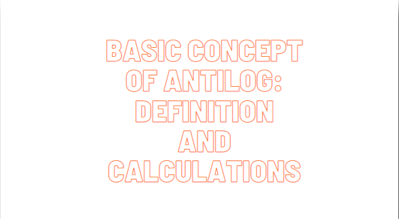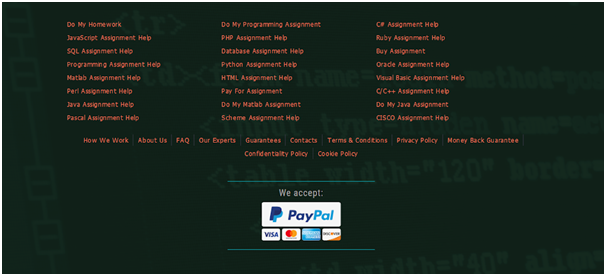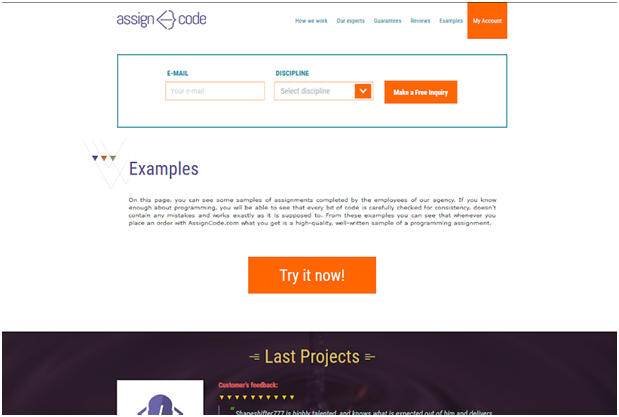UP Assistant Teacher Recruitment 2025: 2 Lakh Vacancies Across Primary, Secondary, and Higher Secondary Levels: The UP Assistant Teacher Recruitment 2025 is set to become one of the largest teacher recruitment drives in Uttar Pradesh’s recent history. With a massive intake of nearly 2 lakh teaching positions, this recruitment aims to bolster the faculty strength across primary, secondary, and higher secondary schools governed by the Uttar Pradesh government.
Here are the key details, important dates, and application process you need to know if you’re planning to apply.
UP Assistant Teacher Recruitment 2025 – Overview
-
Total Vacancies: Approximately 2 lakh
-
Recruitment Phases: Three phases (November 2025 – March 2026)
-
Recruiting Bodies:
-
Application Mode: Online application via official portals
-
Official Notification: Expected to be released soon
Overview
| Name of the Authority | (UPPSC) Uttar Pradesh Public Service Commission |
| Total Vacancies | 69,000 |
| Name of the vacancy | LT Assistant Teacher |
| Application Mode | Online |
| Job Category | Teaching Job |
| Availability of Application form | 06 December 2018 |
| Job Location | Uttar Pradesh |
| Official Website | www.atrexam.upsdc.gov.in |
UP Assistant Teacher Recruitment 2018-19 Important Dates
The UP Assistant Teacher Bharti 2025 will be organized in three structured phases, starting in November 2025 and concluding by March 2026. The recruitment includes different levels of teaching roles and will have separate timelines accordingly.
-
TGT (Trained Graduate Teacher) Exam Dates: July 21 & 22, 2025
-
PGT (Post Graduate Teacher) Exam Dates: June 18 & 19, 2025
These dates are part of the 2022 recruitment cycle but are crucial for aspirants to track trends and prepare accordingly.
UP Assistant Teacher Recruitment 2018-19 Eligibility Criteria
While the exact number of vacancies per category (Primary, Secondary, Higher Secondary) is yet to be announced, the official notification will contain a detailed breakup of:
-
Subject-wise posts
-
Category-wise reservation
-
District-wise allotments
Candidates are advised to regularly check the UPSESSB and UPPSC websites for updates.
The applicant can get entire detail regarding Eligibility of UP Assistant Teacher recruitment 2025 from this table:
| S. No | Particulars | Details |
| 1. | Age Limit |
|
| 2. | Academic Qualification |
|
| 3. | Age Relaxation | Applicants can check the relaxation to candidates belonging to particular categories given below:
|
UP Assistant Teacher Recruitment 2018-19 Application Form
The Application form will be available at the Official website of UPPSC @ www.uppsc.up.nic.in
- Visit the Official website @ www.uppsc.up.nic.in.
- Read carefully, the latest Job Notification.
- Click on ‘Apply online’ and Registration window will open.
- Select the job post you willing to apply.
- Enter all the required details and upload the scanned copy of photograph and signature.
- Submit the filled-in Application form and download the copy of it.
How to Apply for UP Assistant Teacher Recruitment 2025
The application process for the UP Teacher Recruitment 2025 will be completely online. Here’s a simplified step-by-step process:
- Visit the Official Website (UPSESSB or UPPSC depending on your level)
- Click on the “Apply Online” link for Assistant Teacher 2025
- Register using your email and mobile number
- Fill out the application form with academic and personal details
- Upload required documents such as photo, signature, and educational certificates
- Pay the application fee via online mode
- Submit and take a printout of the confirmation page
Application Fee
General / OBC category : Rs.600/-
SC / ST category : Rs.400/-
Applicants can pay the fee by using Net Banking, Credit / Debit card, E-challan.
Exam Pattern
| Particulars | Details |
| Exam Type | Descriptive (Subjective) |
| No. of Questions | 150 |
| Time Duration | 3 Hours |
| Subject Name | Number of Questions | Number of marks |
| Language (Hindi, English & Sanskrit) | 40 | 40 |
| Science | 10 | 10 |
| Mathematics | 20 | 20 |
| Environmental & Social Studies | 10 | 10 |
| Teaching Skills | 10 | 10 |
| Child Psychology | 10 | 10 |
| Information Technology | 05 | 05 |
| Current Affairs | 30 | 30 |
| Life Skill Management | 10 | 10 |
| A Reasoning Aptitude | 05 | 05 |
| Total | 150 | 150 |
Syllabus
Applicants can take a glimpse of UP Assistant Teacher recruitment 2018 syllabus It is given below topic wisely:
| S. No | Syllabus of UP Assistant Teacher Recruitment (Topic-wise) |
| 1. | Hindi |
| 2. | English |
| 3. | Sanskrit |
| 4. | Science |
| 5. | Mathematics |
| 6. | Environmental & Social Studies |
| 7. | Teaching Skills |
| 8. | Child Psychology |
| 9. | Information Technology |
| 10. | Current Affairs |
| 11. | Life Skill Management |
| 12. | Aptitude and Reasoning Aptitude |
UP Assistant Teacher Recruitment 2025-26 Selection Procedure
Candidates will be selected on the basis of given points below:
- Examination
- Interview
The UP-Assistant Teacher selection process will be based on the marks obtained in the written examination and High School, Intermediate, Graduation, BTC. The weightage of the marks for the selection of Assistant Teacher is mentioned below:
| S. No | Exams | Weightage in % |
| 1. | Written Exam | 60% |
| 2. | High School | 10% |
| 3. | Intermediate | 10% |
| 4. | Graduation | 10% |
| 5. | BTC | 10% |
Pay Scale
Salary packages as per UP Govt. Rules are as follows:
Rs. 9,300/- to Rs. 34,800/- with Grade pay of Rs. 4600/-
UP Teacher Recruitment 2025 Admit Card
The admit card will be issued by Exam conducting body before 15 days of the Examination.
The admit card will contain details like- candidate’s name, photo, signature, DOB, Exam Date, time and venue of the exam.
Step to Download Teacher Recruitment Admit Card is given below –
To download the Admit Card, visit the official website www.uppsc.up.nic.in.
- Enter your Registration no. and Date Of Birth.
- Download the Admit card and carry the print out at the Examination centre.
UP Teacher Recruitment 2025-26 Answer key
The answers key will release tentatively after two days of Examination in online mode at the official website. The answer key will be released for all sets of question paper i.e, A, B, C and D.
UP Teacher Recruitment 2025-26 Result
The result will be prepared by Uttar Pradesh Basic Education Board and will be declared after 1-2 months of Examination. Candidates can download their result by entering their name and exam roll no. On the official website.
Why UP Assistant Teacher Recruitment 2025 Matters
-
It offers a golden opportunity for lakhs of aspirants preparing for government teacher jobs.
-
Massive vacancies ensure wider chances of selection.
-
The recruitment is backed by state-level transparency and structured planning.
-
Candidates with B.Ed., BTC, TET qualifications stand to benefit the most.





